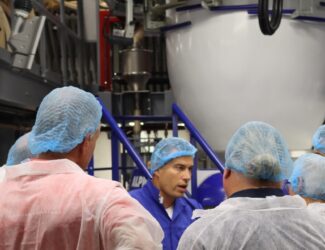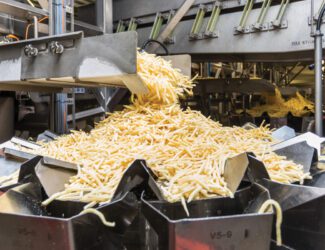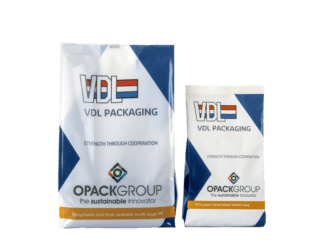Nachhaltige Ko-Kreation SABIC, LAMB WESTON UND OPACKGROUP Der Prozess beginnt mit der Sammlung von UCO aus der Produktion von Lamb Weston, das…
Artikel lesen Lesen Sie mehr über unsere neuesten Entwicklungen, Veröffentlichungen, Blogs und Artikel von Dritten im Oerlemans Plastics Newsroom. Bleiben Sie über unsere Social-Media-Kanäle und diese Website automatisch auf dem Laufenden über unsere Entwicklungen bei Produkten und Lösungen im Bereich der flexiblen Verpackungen!










